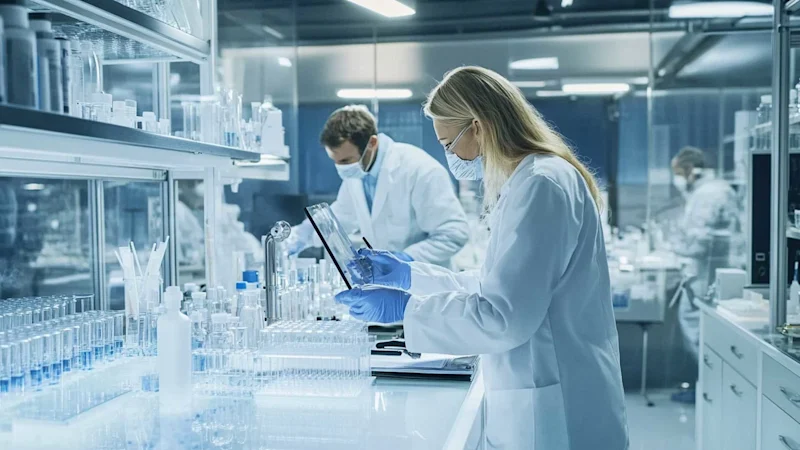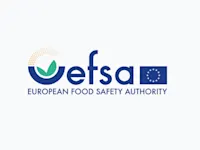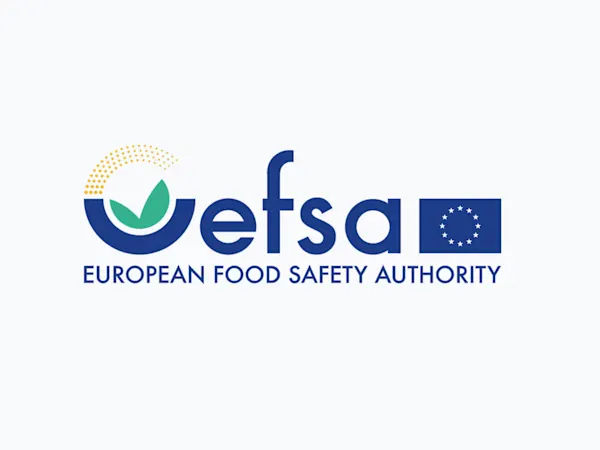
EU Ministers Press Commission on Delayed REACH Revision Amid Industry and Environmental Demands
EU Member States urge the Commission to accelerate the REACH revision, citing urgent health, environmental, and industry competitiveness needs.


The European Commission has introduced major amendments to the EU Test Methods Regulation (Commission Regulation (EU) No 440/2008), ushering in significant changes that reflect the latest advancements in chemical safety testing. These updates are aimed at keeping the regulatory framework under REACH (Registration, Evaluation, Authorisation, and Restriction of Chemicals) in step with modern science, while also promoting more ethical approaches by reducing the reliance on animal testing.
The amendments focus on updating test methods used to assess the physicochemical properties, human health effects, and ecotoxicity of chemical substances. These updates align with OECD (Organisation for Economic Co-operation and Development) guidelines, ensuring harmonization with internationally recognized standards.
In particular, the European Commission has introduced seven new test methods and revised several others, aimed at minimizing animal use in line with Directive 2010/63/EU. This is a significant step toward achieving the EU's goal of advancing testing methodologies that respect animal welfare while maintaining rigorous safety standards.
Among the new additions are innovative in vitro and in chemico methods for testing immunotoxicity, skin sensitization, and eye irritation, replacing or reducing the need for live animal testing. Updated methods for assessing the environmental impact of chemicals, such as their effects on sediment organisms, are also part of the new regulations.
The EU Test Methods Regulation is central to ensuring that substances regulated under REACH meet safety requirements without compromising on ethical standards. The adoption of these OECD-developed methods signals the Commission’s commitment to scientific innovation and international collaboration in chemical regulation.
For companies operating within the EU and relying on chemical substances, these regulatory changes will require a reevaluation of testing protocols to ensure compliance with the updated methods. Businesses must now adopt these new approaches to chemical testing, which not only reduce costs associated with animal testing but also streamline safety assessments with more advanced techniques.
According to the Commission, this revision is part of its broader strategy to modernize REACH and reduce administrative burdens while continuing to uphold stringent safety standards across the bloc.
Foresight continuously tracks 1000s of sources and maps updates to your portfolio:




EU Member States urge the Commission to accelerate the REACH revision, citing urgent health, environmental, and industry competitiveness needs.

The EU has classified DBDPE as a substance of very high concern (SVHC) due to vPvB properties, affecting manufacturers and downstream users of flame retardants.

EFSA launches consultation on updating its Weight of Evidence and Biological Relevance guidance, aiming to streamline chemical risk assessment practices.
Subscribe to Foresight Weekly and get the latest insights on regulatory changes affecting chemical compliance.
Free forever. Unsubscribe anytime.
Read by professionals at